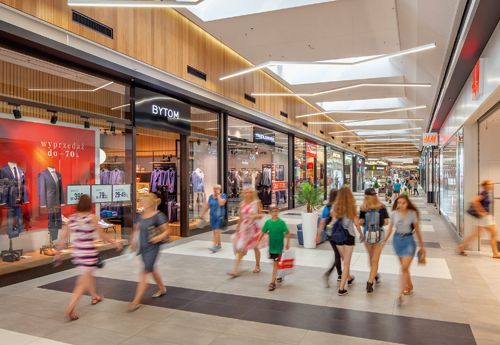Trends in the retail sector, which have been discussed for a long time, are understood as challenges and an opportunity to look for new opportunities on the shopping centre market. Experts point out that business is affected by a great number of factors related to rapid changes in the society and the technological acceleration. In the case of Poland, there is also the limited trade on Sundays, which will turn into a trade ban on these days in the future. According to experts the processes that have real impact on the shopping centre sector include: online sales, development of technology, which is related to the generational change, expanding the tenant mix of shopping centres in order to create so-called third places (introduction of entertainment elements and emphasis on modern food courts). Analysts also point out that customer experience will gain importance and may soon be a determinant of shopping centre strategies. “Customer experience in the retail real estate sector is t































































